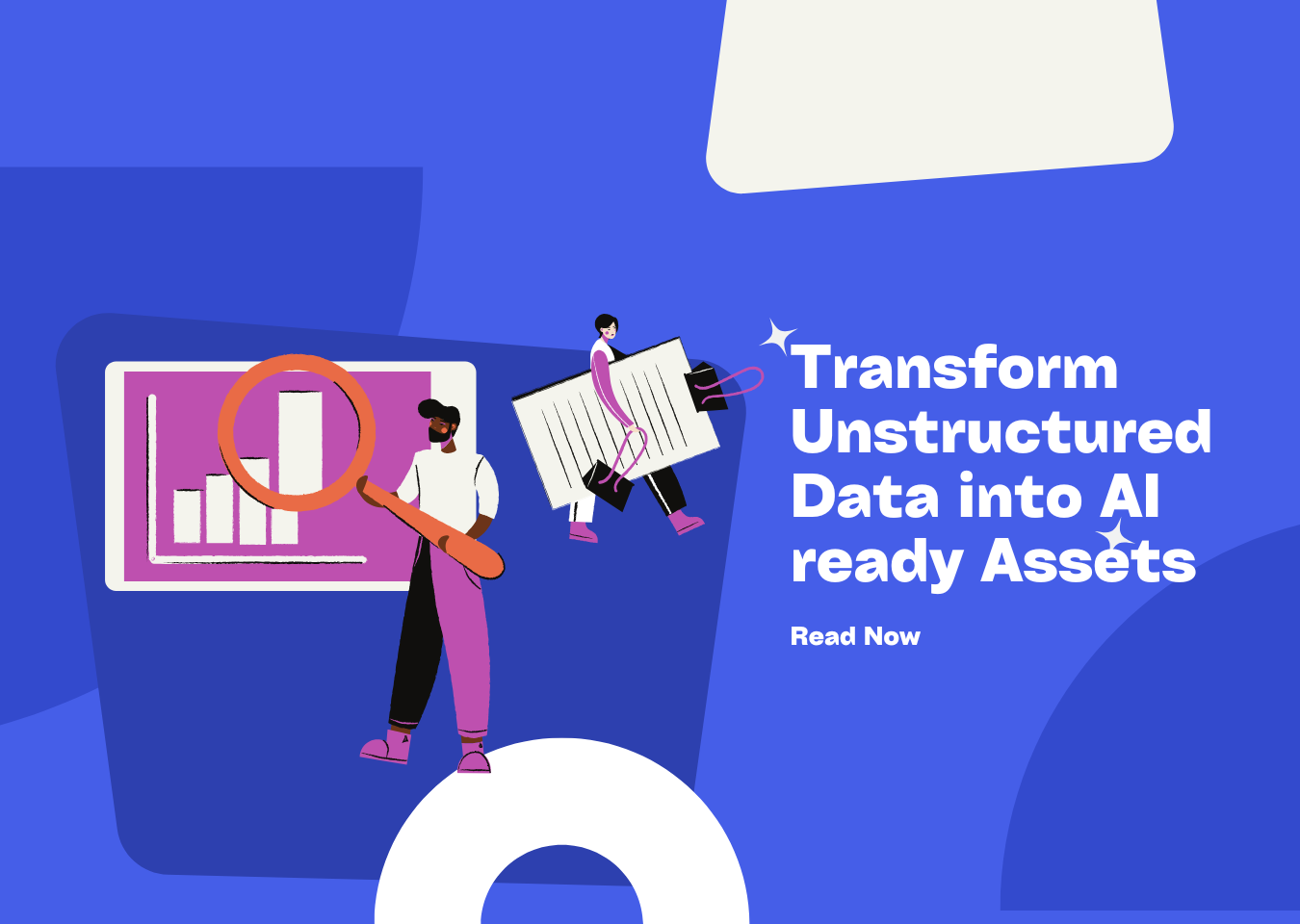Parsing Tables in PDF Using Python: A Comprehensive Guide


Why Parsing Tables in PDFs is Challenging
PDFs are designed for visual representation rather than structured data storage. Extracting tables often involves dealing with the following issues:
- Complex layouts: Tables may have merged cells, nested structures, or inconsistent formatting.
- Scanned PDFs: These require Optical Character Recognition (OCR) to convert images into text for data extraction.
- Accuracy concerns: Ensuring that the extracted data retains its original structure and meaning is crucial.
Python Libraries for Table Parsing
- Camelot: A highly customizable library suitable for structured and semi-structured tables. It offers different extraction modes to handle various table types.
- Tabula-py: Simplifies the “tabula read pdf” operations, making it ideal for text - based PDFs. It provides an easy - to - use interface for table extraction.
- Pdfplumber: Known for its precision in extracting data from complex table structures. It gives detailed control over the extraction process.
- Aspose.PDF: A commercial library that offers high - accuracy extraction, especially useful for handling complex table boundaries, headers, and footers.
Key Approaches to Table Extraction
1. Text - Based Parsing
Tools like Tabula - py utilize layout information to identify tables.
from tabula import read_pdf
# Use tabula read pdf to extract tables from specified pages
df = read_pdf("document.pdf", pages="1-3")
print(df)
2. OCR - Based Extraction
For scanned PDFs, it’s necessary to combine “tabula read pdf” with OCR.
# First, use Tesseract OCR to convert to text
pdf2txt.py -o output.txt scanned.pdf
# Then, use tabula read pdf to extract tables
df = read_pdf("output.txt", pages="all")
Overview of Popular Python Libraries
Tabula - Py: Simplifying Table Extraction
Tabula - Py is excellent at “tabula read pdf” tasks for text - based PDFs.
- Batch Processing: It can extract tables from multiple files at once.
- Formats: Supports exporting tables to CSV, JSON, or Pandas DataFrames.
Example:
from tabula import read_pdf
# Use tabula read pdf for batch processing of multiple PDFs
pdf_files = ["report1.pdf", "report2.pdf"]
for file in pdf_files:
tables = read_pdf(file, pages="all")
tables[0].to_csv(f"{file}_table.csv")
Step - by - Step Guide to Using Tabula - Py
Installation
pip install tabula-py
# Java Runtime Environment is required for tabula read pdf operations
Basic Table Extraction
# Use tabula read pdf to extract a table from a single page
df = read_pdf("financial.pdf", pages=1)[0]
df.to_excel("financial_table.xlsx")
Advanced Configuration
# Customize the extraction area and parameters
tables = read_pdf(
"complex_layout.pdf",
pages="2-4",
area=[100, 20, 500, 800], # [top, left, bottom, right]
lattice=True # Enable lattice mode
)
Common Challenges and Solutions
1. Scanned PDFs
Solution: Preprocess with OCR before using “tabula read pdf”.
tesseract scanned.pdf output --pdf
2. Incorrect Table Detection
Solution: Adjust the parameters.
# Increase sensitivity to detect faint tables
tables = read_pdf("faint_lines.pdf", guess=False, lattice=True)
3. Encoding Issues
Solution: Specify the encoding.
df = read_pdf("non_english.pdf", encoding="ISO-8859-1")
Advanced Use Cases
Automate Report Processing
import os
for file in os.listdir("reports/"):
if file.endswith(".pdf"):
# Use tabula read pdf to process all PDFs in a folder
tables = read_pdf(f"reports/{file}", pages="all")
tables[0].to_csv(f"output/{file}.csv")
Integrate with Data Pipelines
import sqlite3
# Use tabula read pdf to extract data and store it in a database
conn = sqlite3.connect("data.db")
df = read_pdf("sales.pdf", pages=1)[0]
df.to_sql("sales_data", conn, if_exists="replace")
Conclusion
“Tabula read pdf” is a powerful feature of Tabula - py for extracting tables from text - based PDFs. Its simplicity and flexibility make it suitable for automating data workflows. By combining “tabula read pdf” with preprocessing (such as OCR) and postprocessing (using Pandas), users can efficiently extract valuable data from PDFs.
📖See Also
Subscribe to Our Newsletter
Get the latest updates and exclusive content delivered straight to your inbox